
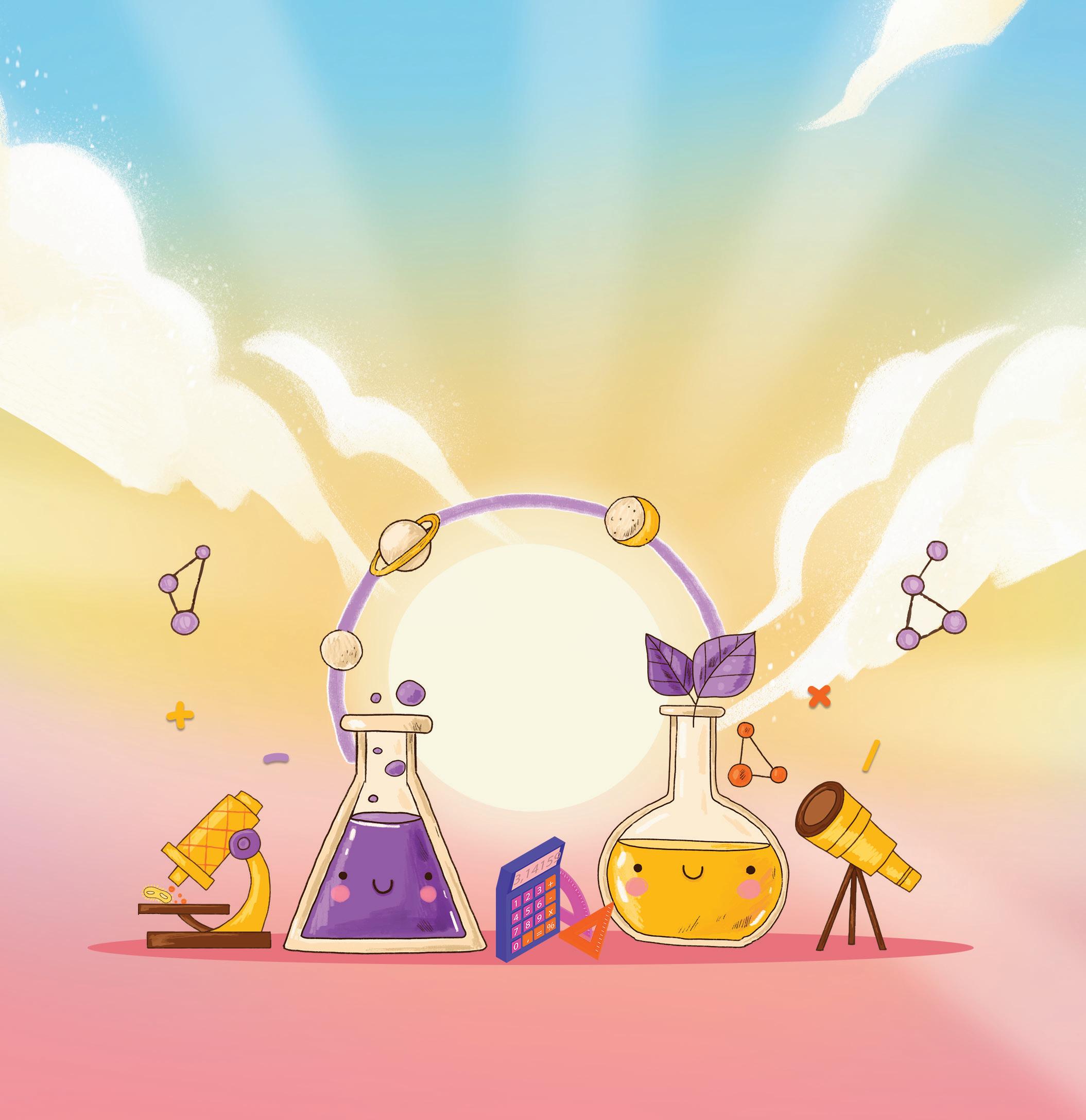





Name:
Class: School:
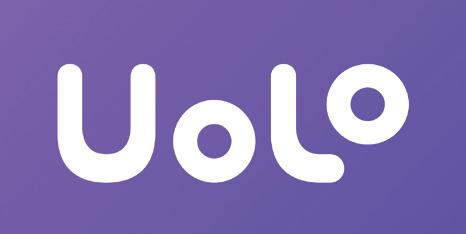
Academic Authors: Sneha Sharma, Chandni Bhargava, Binny Singhal
Design & Production: Amisha Gupta, Bhavna Tripathi, Satish, Vishesh Agarwal
Project Lead: Sneha Sharma
VP, Learning: Abhishek Bhatnagar
All products and brand names used in this book are trademarks, registered trademarks or trade names of their respective owners.
© Uolo EdTech Private Limited
First edition 2025
Second edition 2026
This book is sold subject to the condition that it shall not by way of trade or otherwise, be lent, resold, hired out, or otherwise circulated without the publisher’s prior written consent in any form of binding or cover other than that in which it is published and without a similar condition including this condition being imposed on the subsequent purchaser and without limiting the rights under copyright reserved above, no part of this publication may be reproduced, stored in or introduced into a retrieval system, or transmitted in any form or by any means, electronic, mechanical, photocopying, recording or otherwise, without the prior written permission of both the copyright owner and the above-mentioned publisher of this book.
Book Title: Dawn STEM Exploration Level C
ISBN: 978-93-49697-20-1
Published by Uolo EdTech Private Limited
Corporate Office Address:
91Springboard, 3rd Floor
145, Sector 44, Gurugram, Haryana 122003
CIN: U74999DL2017PTC322986
Printed by: Printpro Solutions
Illustrations and images: www.shutterstock.com, www.stock.adobe.com and www.freepik.com
All suggested use of the internet should be under adult supervision.

elcome to DAWN, our comprehensive series for Early Childhood Education, meticulously crafted to align with the guidelines of the Foundational Stage as outlined in the National Education Policy (NEP) 2020 and the National Curriculum Framework for the Foundational Stage (NCF-FS) 2022.
DAWN offers a rich blend of interactive and activity-based content to support each child’s physical, emotional, intellectual and spiritual growth. Our approach ensures that learning is enjoyable and meaningful, and caters to every child’s interests and abilities.
Inspired by the Panchakosha Framework, DAWN offers a thoughtfully curated curriculum designed to nurture each child’s physical, emotional, intellectual and spiritual growth, and create engaging and meaningful learning experiences for all children and cultivate a lifelong love for learning.
1. Physical Development
Through movement-based activities, action rhymes, gross and fine motor skill, exercises, yoga and simple meditation practices, children enhance their coordination, balance and self-regulation.
2. Social and Emotional Growth
Discussions, role-plays, games, storytelling and collaborative activities encourage empathy, cooperation, self-expression and social awareness.
3. Intellectual Growth
A structured, age-appropriate progression from concrete to abstract concepts builds strong problem-solving, logical thinking and cognitive skills.
4. Spiritual and Moral Development
Stories, rhymes and reflective discussions teach values such as kindness and honesty. Yoga and meditation help children stay calm, focused and happy.
5. Sensory and Experiential Learning
Activities in art and craft, STEM-based explorations, interactive games and fun activities ensure hands-on engagement, creativity and imaginative thinking.
The DAWN curriculum is not merely a series of lessons, but a journey of discovery, growth and joy. The package comes with digital content, provided free of cost, to ensure a seamless and holistic learning experience for children. By providing a nurturing and stimulating environment, DAWN lays the foundation for future success—preparing children not just for school, but for life.

Thank you for embarking on this educational journey with us. Together, we can make the DAWN of early childhood education a bright and promising start for every child.


The table below helps us understand how the Panchakosha elements have been incorporated into the DAWN Curriculum:

Physical Development
Social and Emotional Growth
Intellectual Growth
Spiritual and Moral Development
Sensory and Experiential Learning

The National Education Policy (NEP) 2020 represents a transformative shift in the country’s education system. It aims to establish a more holistic, dynamic and multidisciplinary approach to learning. NEP 2020 emphasises the development of conceptual understanding, skills, values and competencies aligned with the demands of the 21st century, while also honouring India’s rich cultural heritage.
UOLO is fully committed to realising the vision of NEP 2020 by meticulously following its recommendations. Below is the list of icons that are spread across the books to showcase DAWN’s adherance to the values rooted in the NEP and NCF.





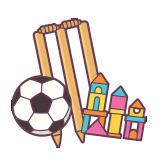
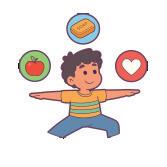



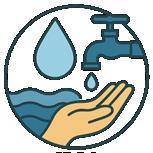
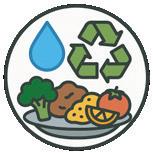
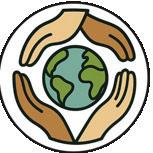





DAWN is an activity-based learning programme covering all areas of Early Childhood Education. It includes textbooks in English, Maths, General Awareness, STEM, Art and Craft, Phonics and Rhymes & Stories, along with lesson plans and resources to support teachers. Digital tools like animated videos, phonics songs and interactive exercises further enrich classroom learning.
















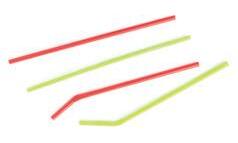


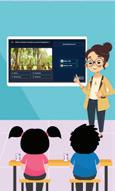
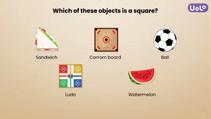




The DAWN STEM Curriculum sparks curiosity through hands-on, inquiry-led activities that align with NEP 2020. Children observe, question, explore and solve—building scientific thinking and problem-solving skills from the start.
The book explores Science, Technology, Engineering, Art and Math through playful and age-appropriate activities. Special icons show strong alignment with NEP and NCF for a holistic learning experience.
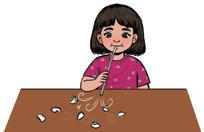








The book features vivid colours, lively illustrations and a magazine-style layout to engage children. The Science Magic section includes teacher-led explanations in simple language, while Try This Now offers fun, age-appropriate activities. All experiments are safe, simple and use low-cost, easily available materials with clear step-by-step instructions for easy execution. The Watch Out section highlights what teachers should be careful about during the activity.
The book includes activities aligned with SDGs, introducing children to age-appropriate topics like exploring different types of weather, learning the importance of clean water, reducing waste and taking care of the animals. These build early awareness of sustainable living and respect for nature.

















Each activity is followed by a fun worksheet that helps children revise and apply what they’ve learned. QR codes provide video support for better understanding and clarity.

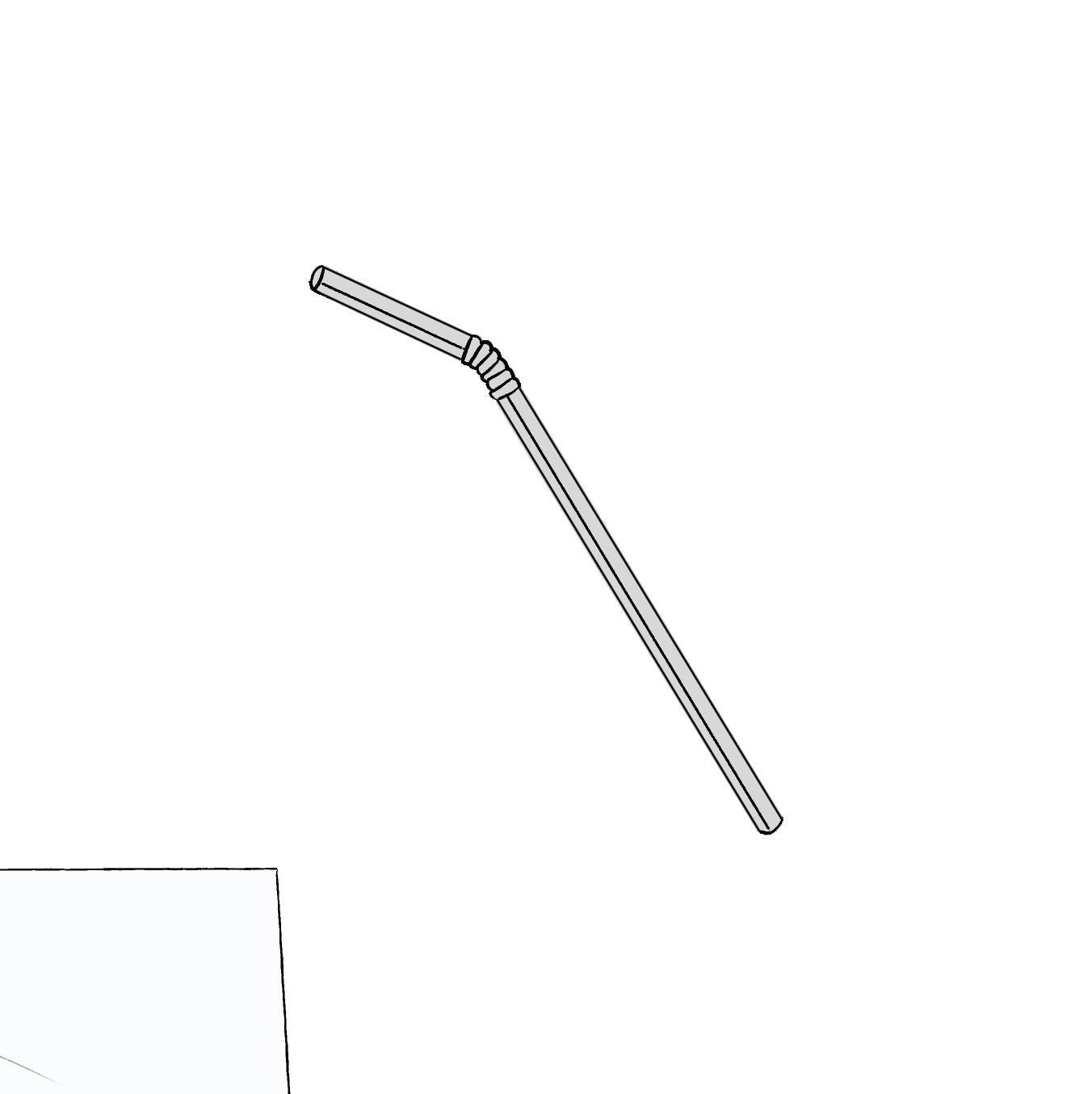
Let’s Do
1. Tear up the paper into small pieces.

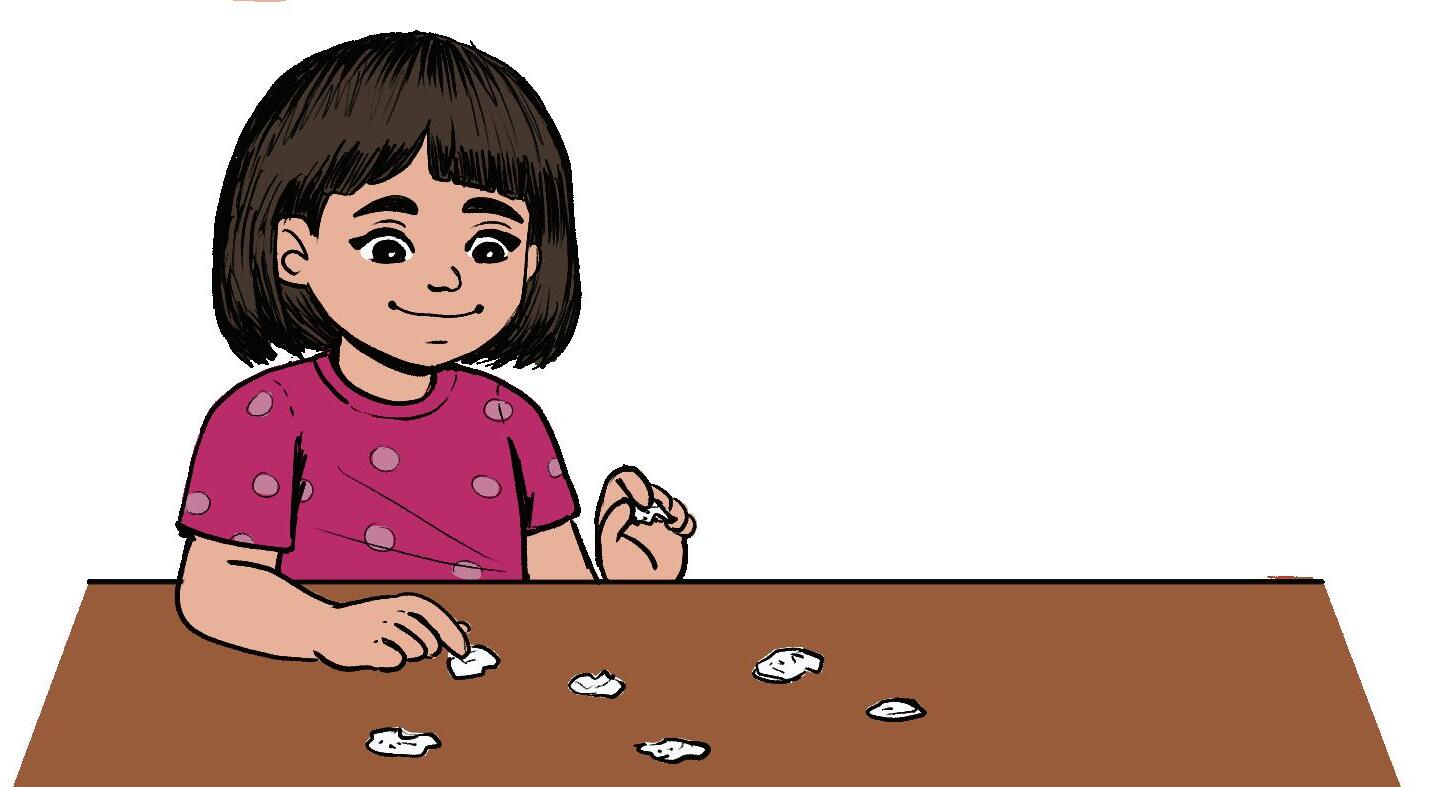
2. Place the paper pieces on the table.

3. Use the straw to blow air on the paper pieces. Watch them move.
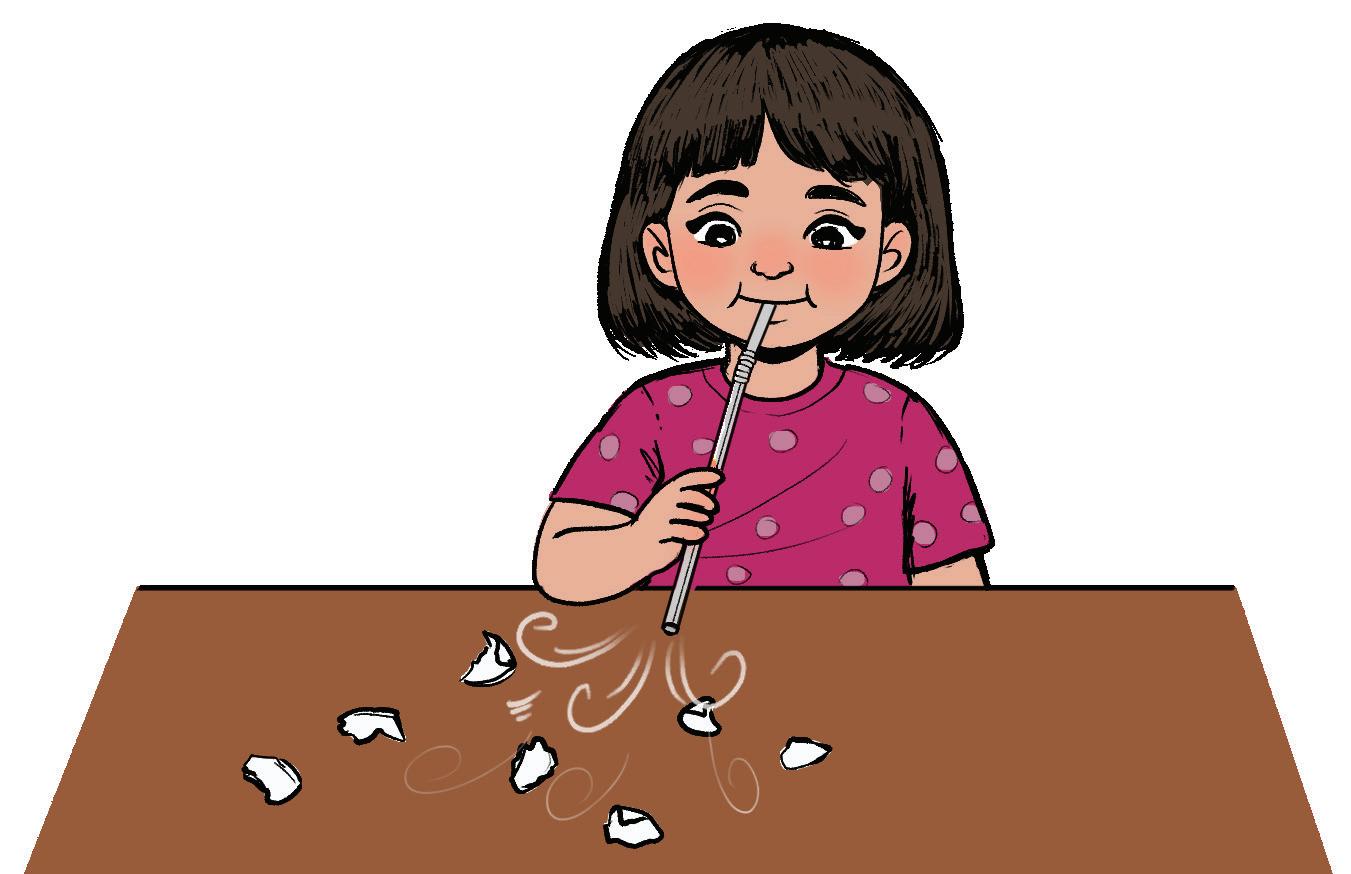
Watch out
Use the straw to blow, not to sip.
Try This Now! Blow harder or softer through the straw. Watch the paper pieces move in different ways. Science Magic!
When you blow through a straw, the air pushes the paper pieces and makes them move.
Colour the pinwheel using the given colour codes.



2. A small bucket Water makes things heavy M Comparing heavy and light things
In this fun activity, we will use a hanky to see how water makes it heavy.
Let’s Collect S
1. A hanky
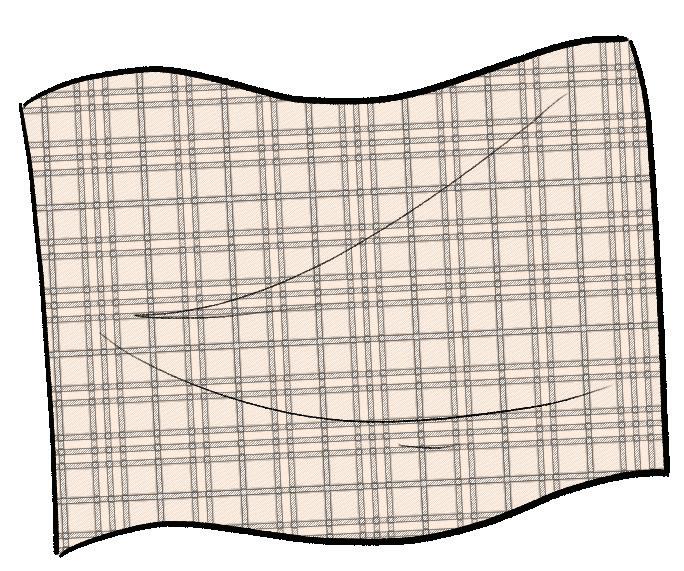
3. A jug filled with water
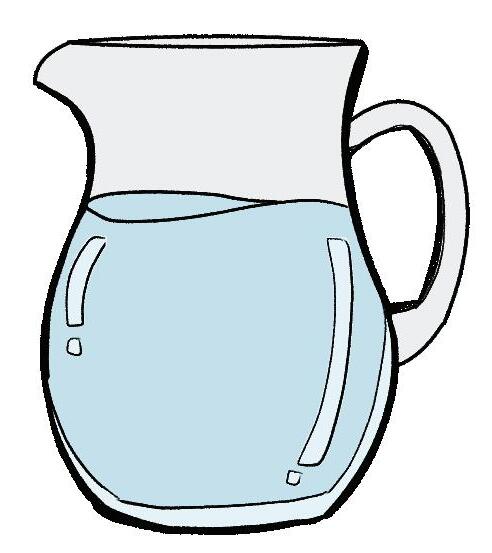

1. Hold the dry hanky in your hands. Feel how light it is. the hanky into the bucket filled with water. it get fully wet.


Watch out
Do not splash the water—dip the hanky gently.

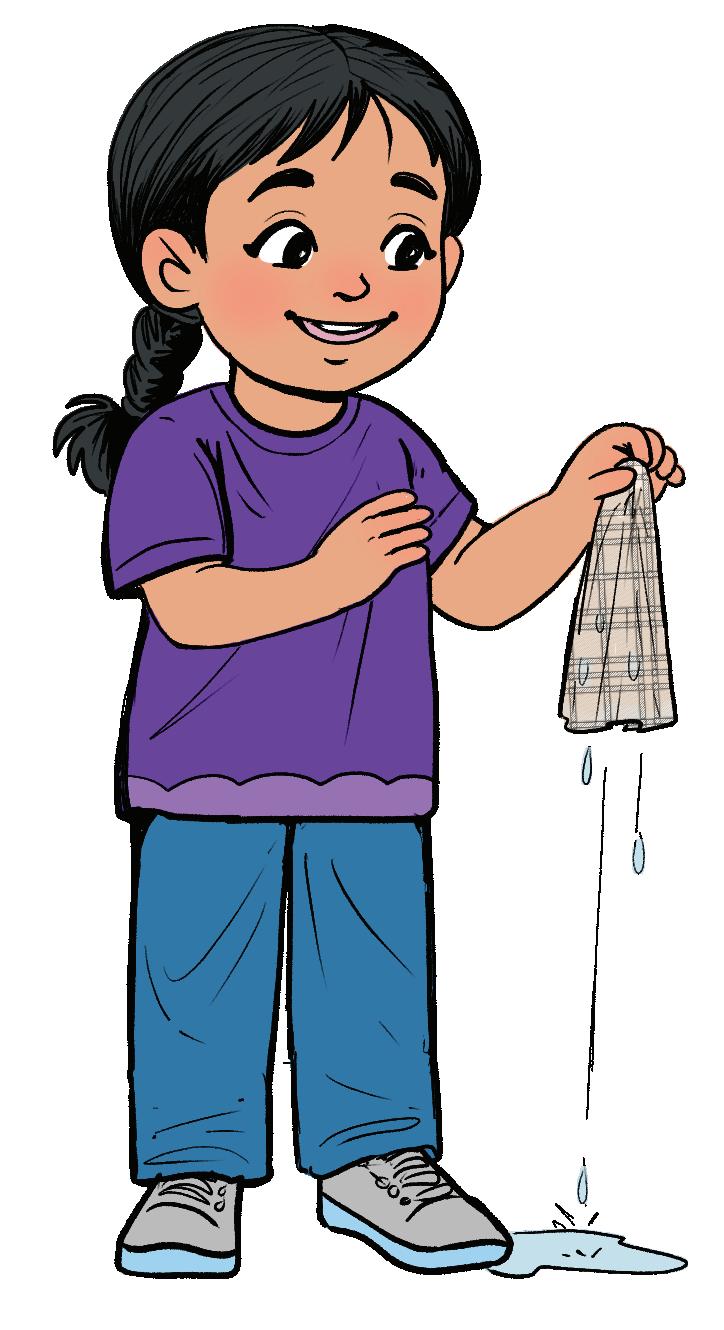
Try This Now!
3. Now, lift the wet hanky. See how heavy it feels.
Things get heavier when they soak up water. A dry hanky is light, but a wet hanky is heavy.
Dry the wet hanky under a fan and feel it. Is it lighter now?
1. Circle the thing that is light.
2. Circle the thing that is heavy.

Hands-on Scientific temper




4. Crayons or stickers S Understand nature E Making the bird feeder A Decorating the feeder Let’s Collect


In this fun activity, let us create a bird feeder and learn how we can help birds around us.

1. A small cardboard box 2.
3. A string or ribbon


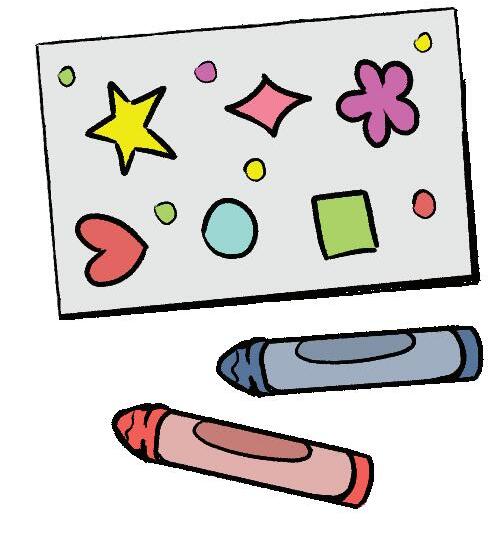

Let’s Do Watch out Ask an adult to cut it for you.
1. Cut a square window in the cardboard box (like a small open
2. Put some seeds or grains inside the box.
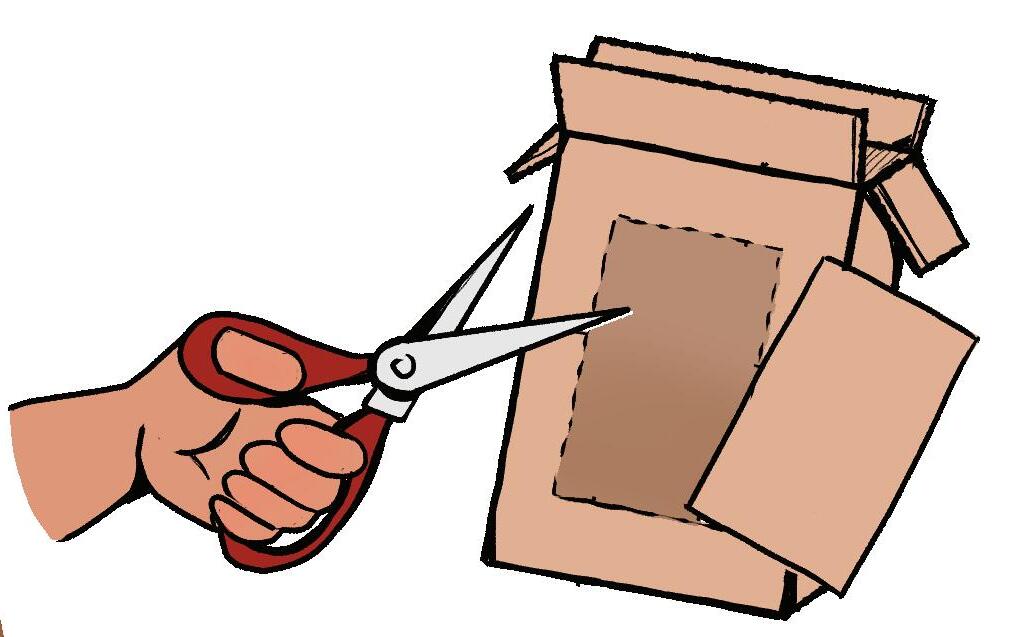

3. Decorate the box with crayons or stickers.
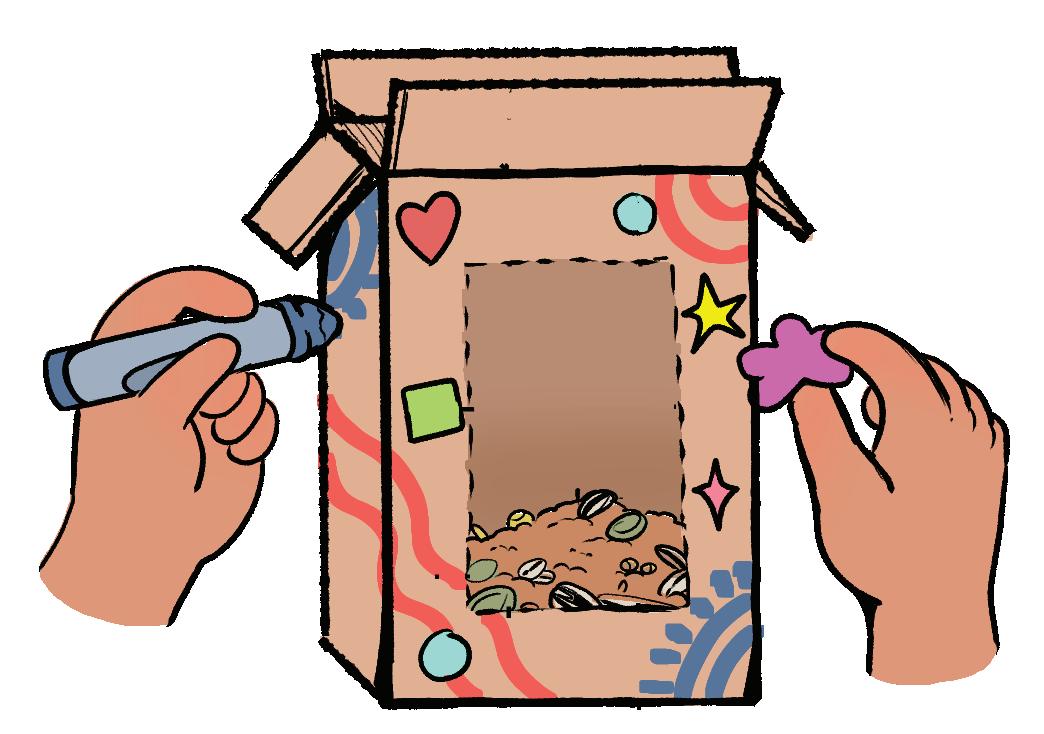

4. Now, tie a string on top of the box.
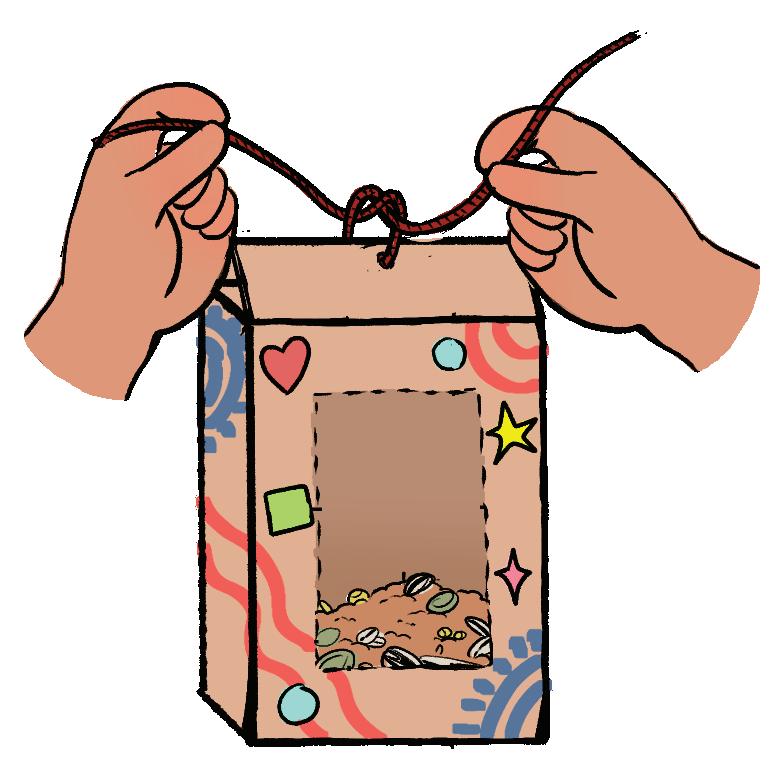
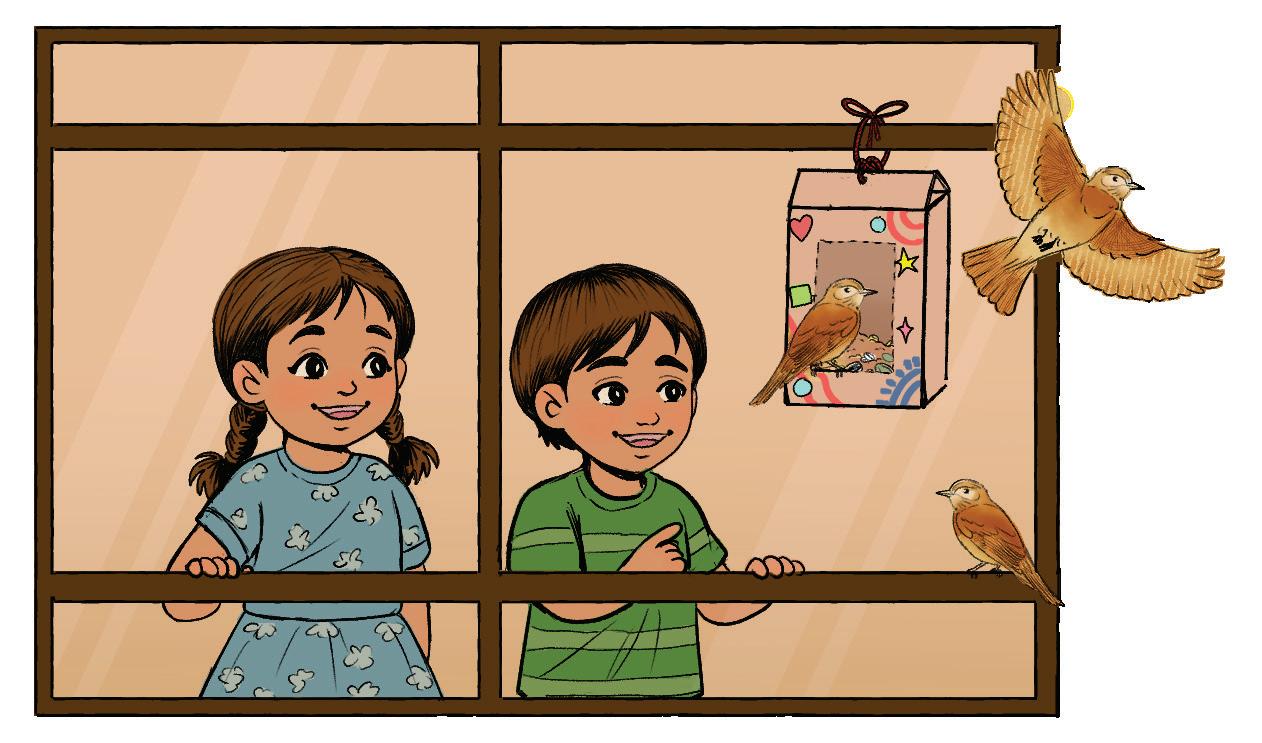
When we care for birds, we care for nature and make the Earth a happy place.
5. Hang the feeder outside the classroom. Watch the birds come to eat the seeds! Try This Now! Make a simple bird using newspaper/old paper and put it near the feeder in the classroom.
Join the dots to complete the bird and colour it.



In this fun activity, we will learn what happens when we mix different things in water.
5. 1 teaspoon sand S Observe how things dissolve in water Let’s Collect
1. 3 cups
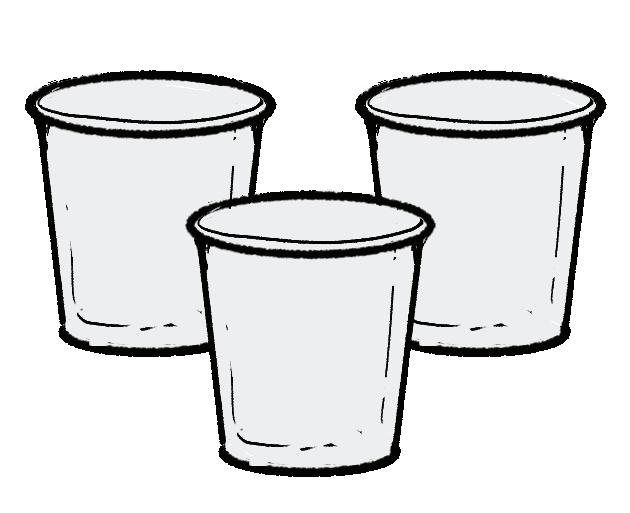


3. 1 teaspoon sugar
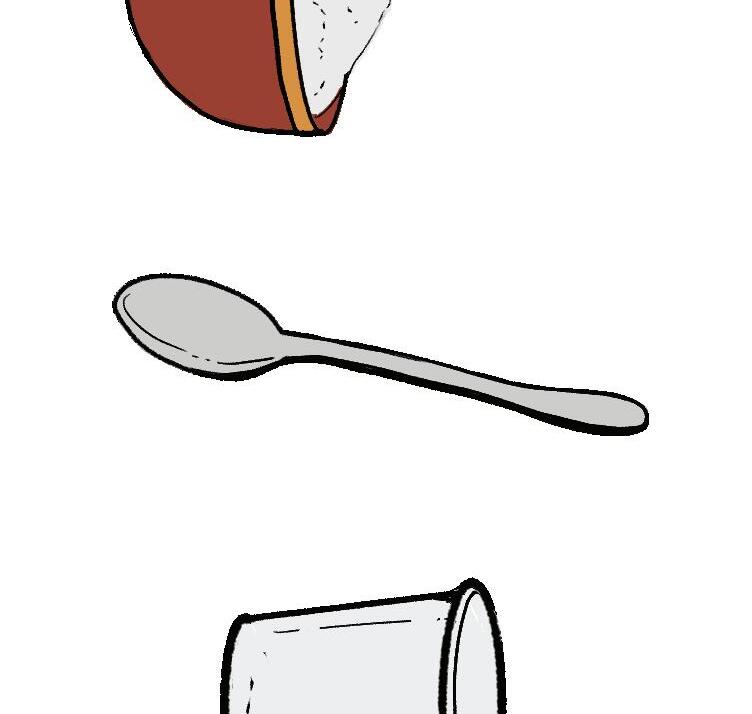

6. A jug filled with water

Let’s Do

1. Take 3 cups. Fill them halfway with water.
2. Add 1 teaspoon of to the first cup and Watch out

Be careful while stirring—DO NOT spill the water! Add 1 teaspoon of salt to the second cup and stir it.


4. Add 1 teaspoon of sand to the third cup and stir it.
5. Observe what happens. Tick the correct box in the given table.

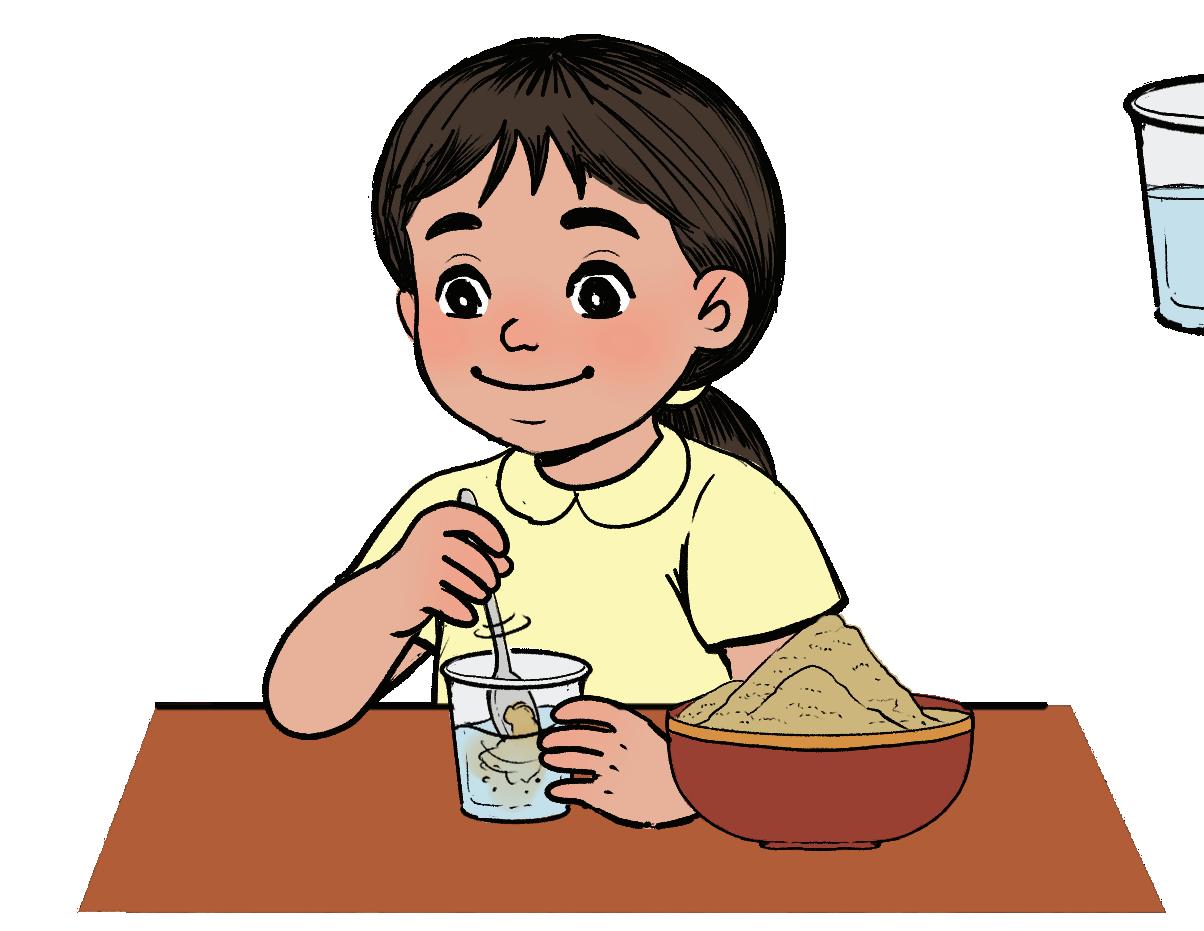
Sugar and salt mix completely in water. Sand does not mix in water and settles at the bottom of the cup.
Try This Now!
Add sugar, salt and sand to a cup of water. Stir it and see what happens.
Look at the each thing. Tick ‘Yes’ if it mixes in water and ‘No’ if it does not.
(a) Flour

(c) Rice

(b) Coffee powder

(d) Lemon juice





In this activity, we will find out which things stick to a magnet and which do not.
2. Some things S L earn what sticks to a magnet T Using a magnet as a tool
Let’s Collect
1. A small magnet

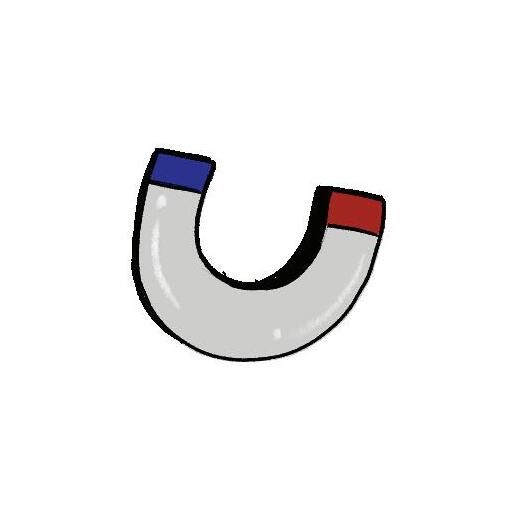

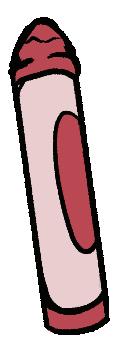
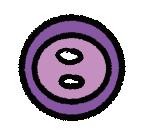

Let’s Do
1. Place all the things on the table, leaving a little space between each.


2. Pick up the magnet. Take it near the coin.
3. Look! The coin sticks to the Watch out Do not take the magnet near the sharp things.
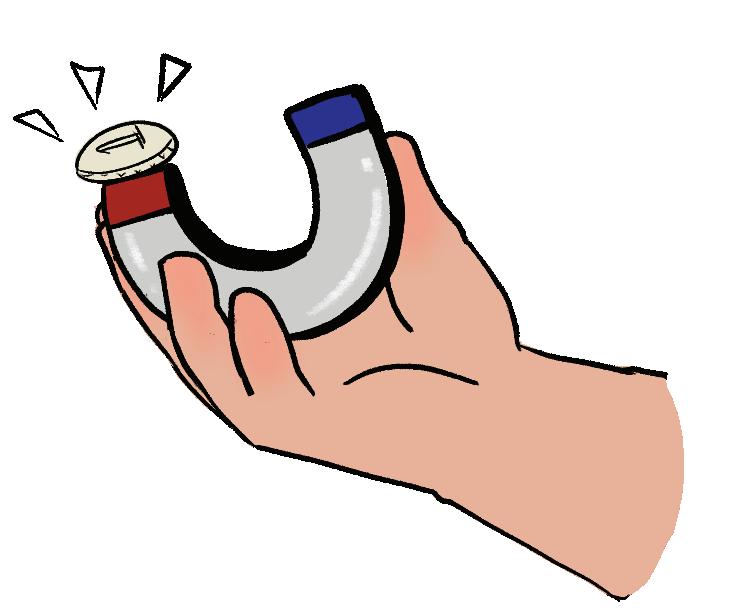

4. Try the magnet and what the table.
Things Does it stick?
Paper clip Button
Coin Ruler
Crayon

Try This Now!
Look around and find more things. Try your magnet on them and see what sticks!
Circle the objects that stick to the magnet.

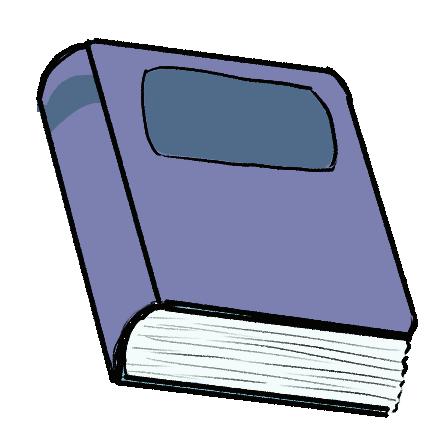
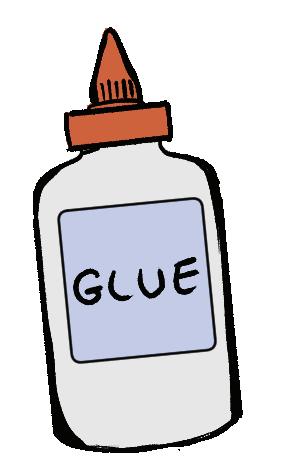






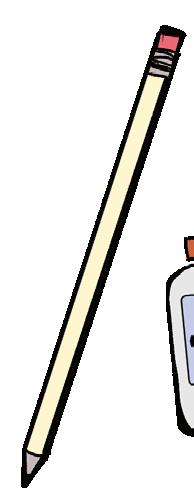




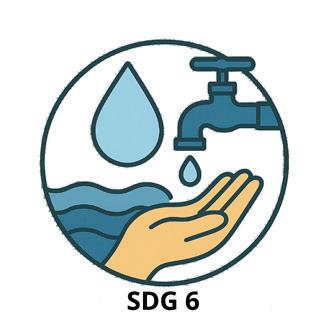
6. A glass 5. Some dirty water (mix water with soil or leaves) S Understand the importance of clean water E Making a water filter
In this fun activity, let us make a water filter and learn why clean water is important.
Let’s Collect
1. An empty bottle
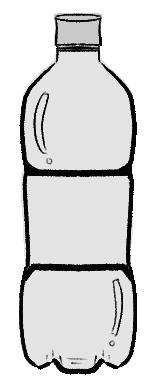
4. A few pebbles
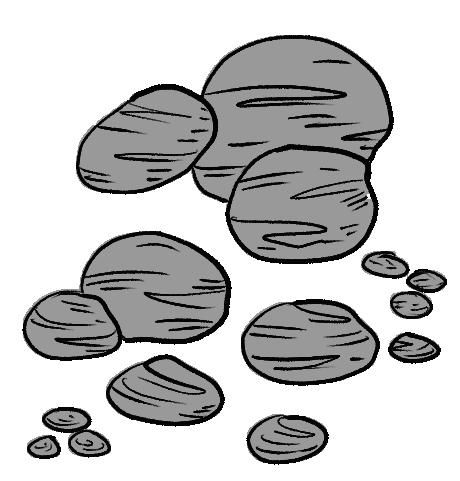
3. Some sand 2. Some cotton or a piece of cloth
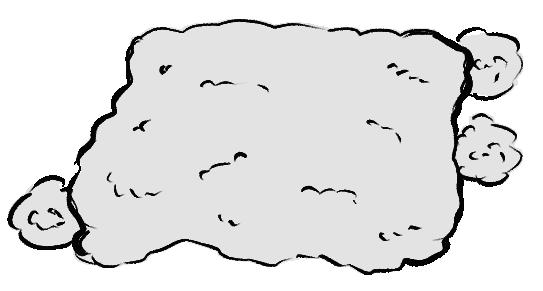


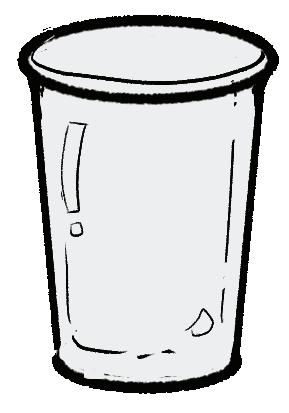
Let’s Do
1. Ask an adult to cut the bottle in
2. Place some cotton at the narrow opening of the bottle.
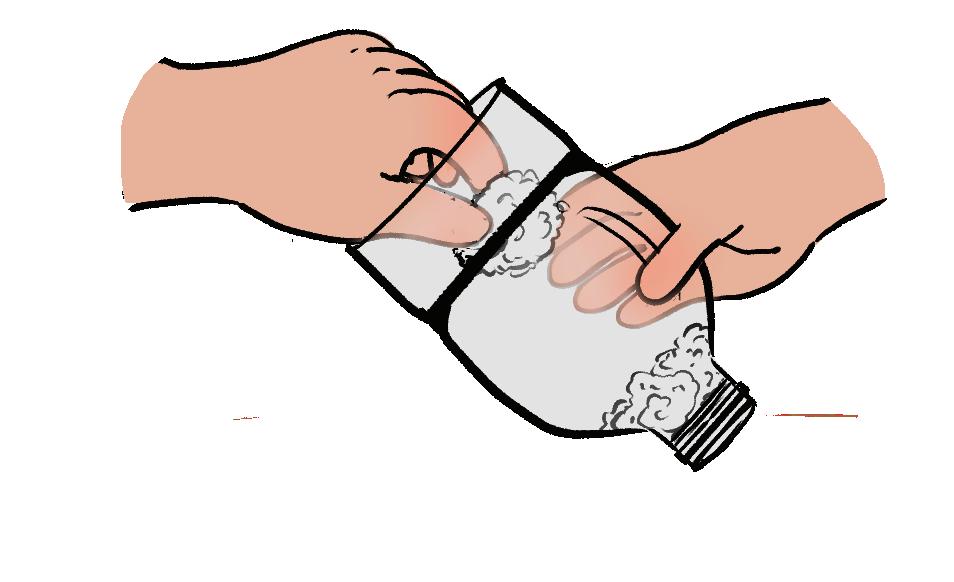

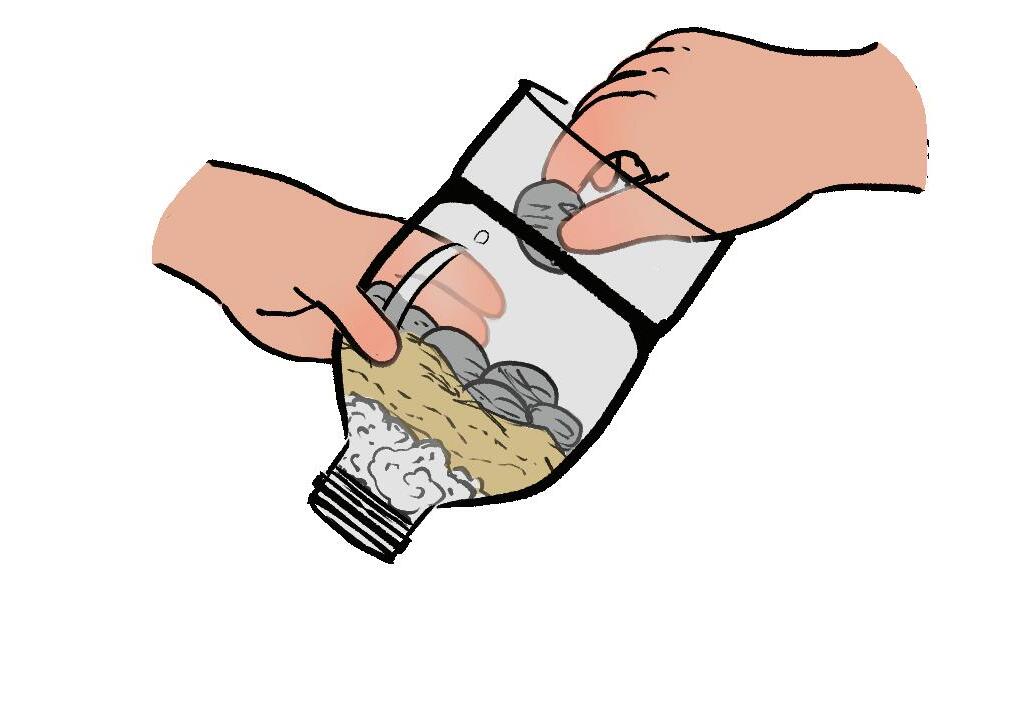
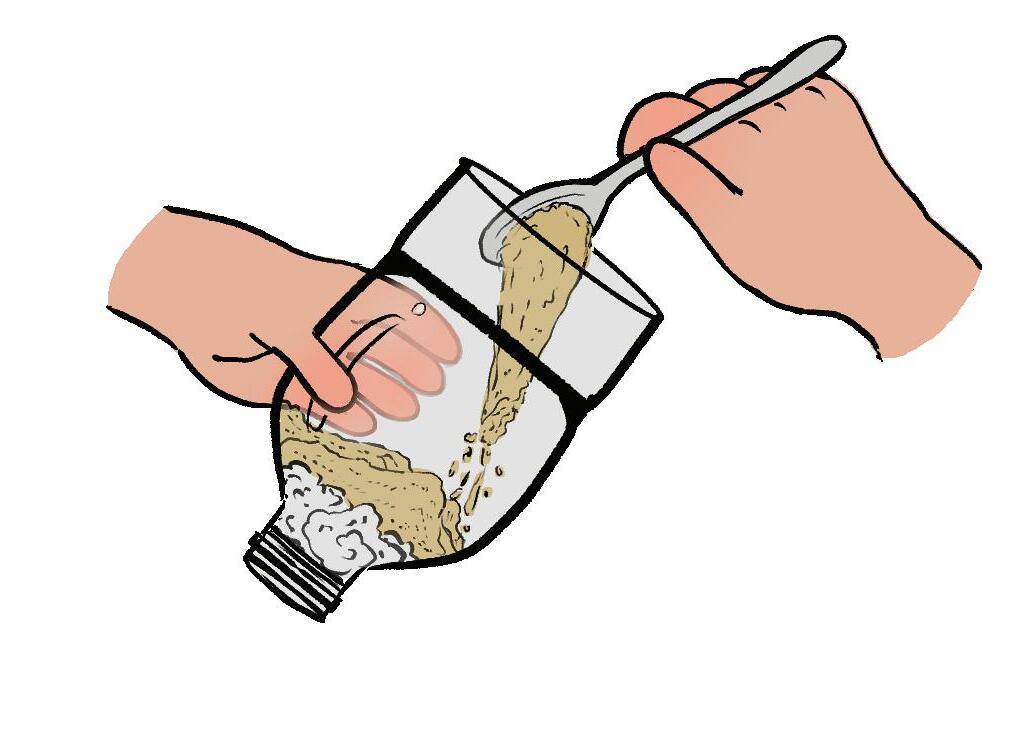
3. Pour sand gently over the cotton. layer of pebbles top of the sand.

5. Keep a glass on the table the bottle over it. Slowly dirty water into the bottle.
6. Watch how clean water flows out and collects in the glass.
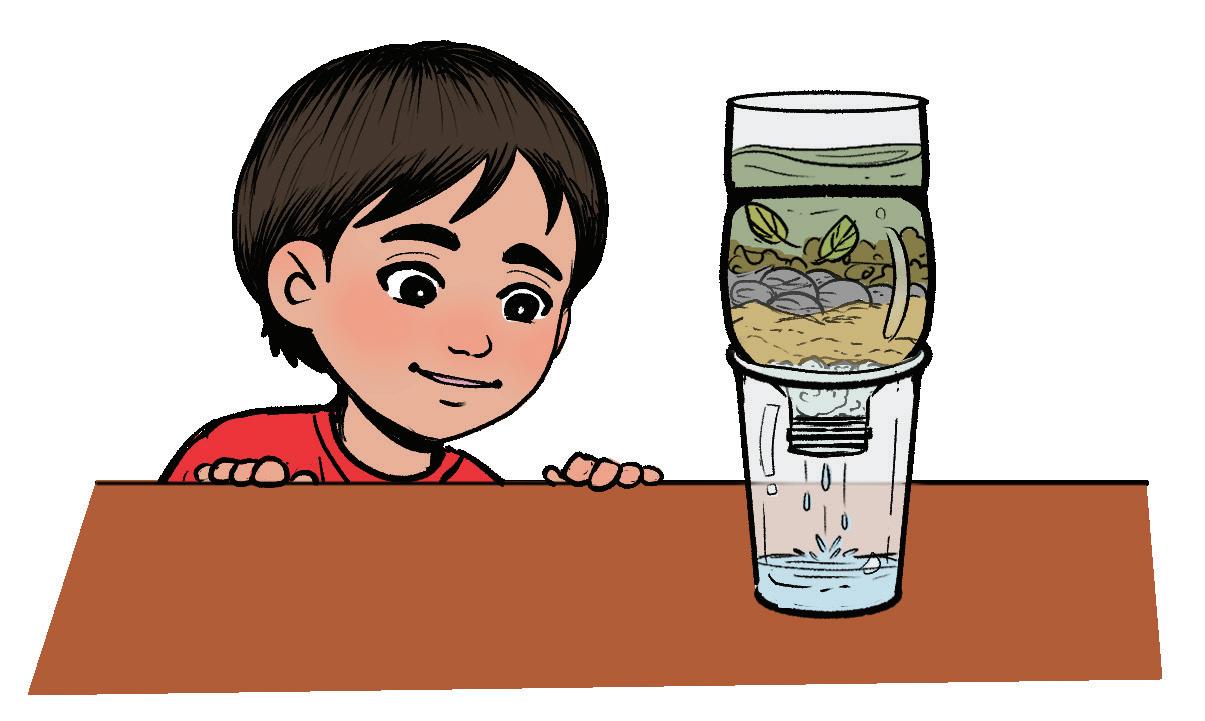
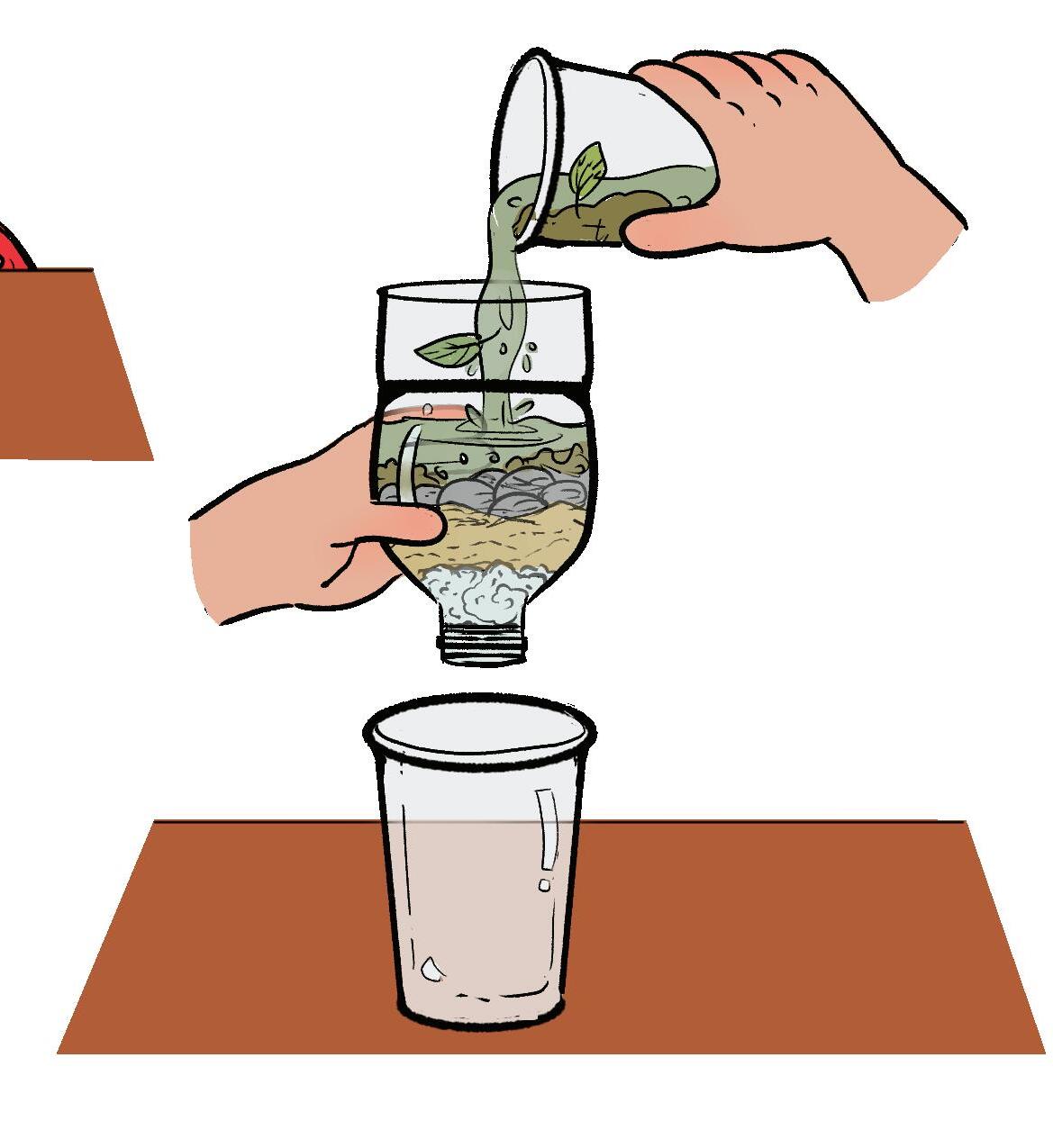
Science Magic!
Water is important. We can make dirty water clean using simple things. Try This Now!
Add more layers of different sized stones to your filter. Observe which filter makes the water the cleanest.
Write any 5 sources of water and colour the water droplet.

Art Health and Wellness


In this activity, we will see that wood can float on water.


2. A tub filled with water Let’s Collect S Wood floats on water E Building a raft A Pasting the sticks
1. 12 ice-cream sticks
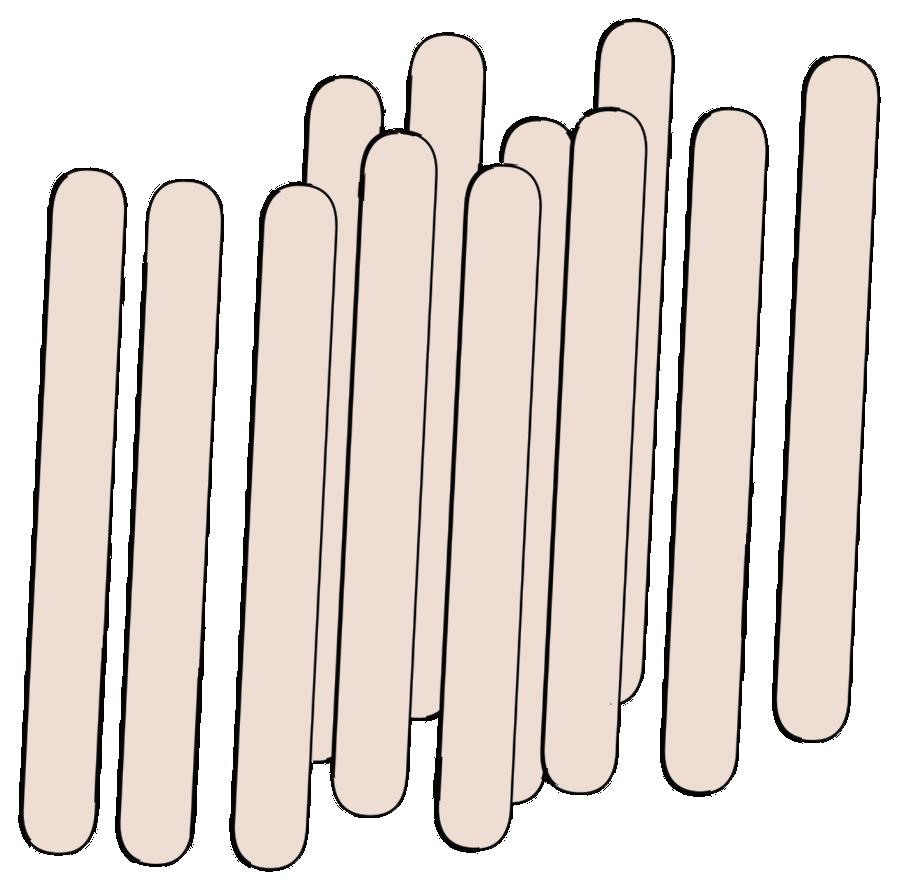
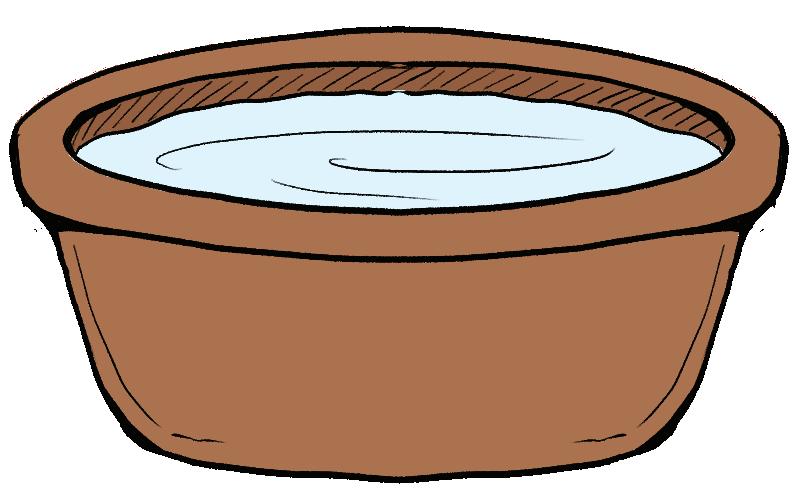
3. Glue

Let’s Do
1. Place 7 ice cream sticks side by side in a line.

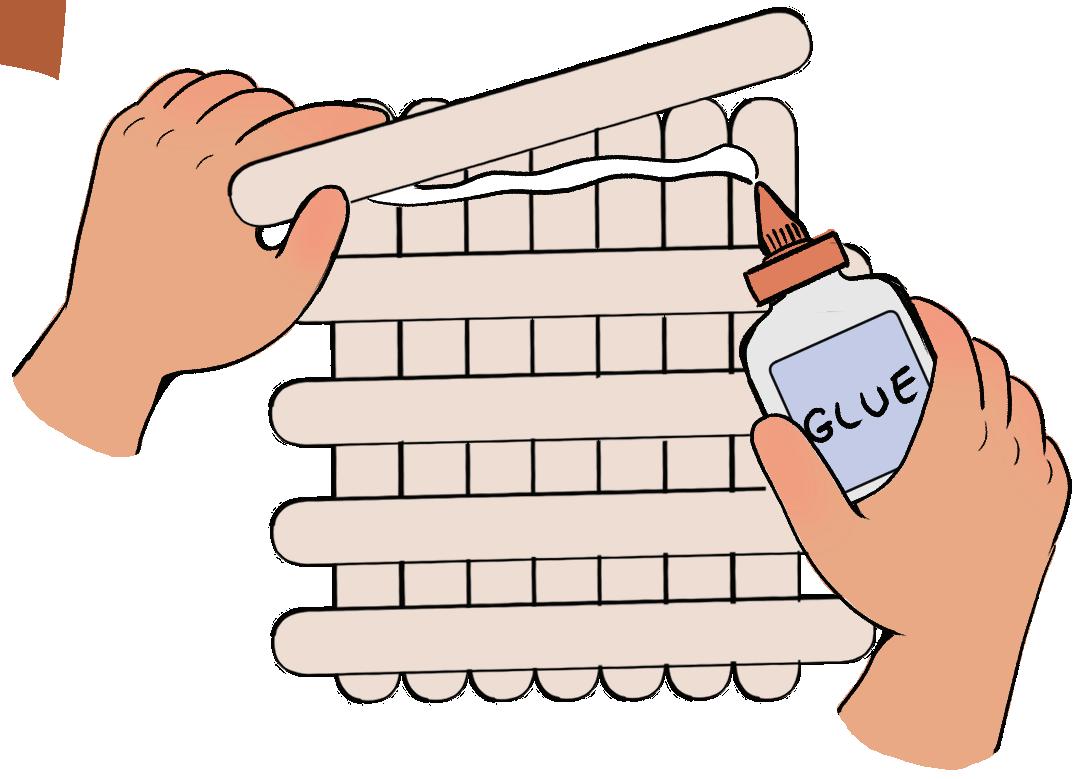
2. Take 5 more sticks. Glue them one by one across the top like a bridge. Your raft is ready!

3. Place the raft gently on water in a tub or bucket. Watch it float.
Watch out
Wait for the glue dry before putting the raft in water.

Place a few coins on your raft. See if it still floats or sinks. Science Magic! Wood is lighter than water, so it floats. Try This Now!
Join the dots to complete the raft and colour it.

Games Art


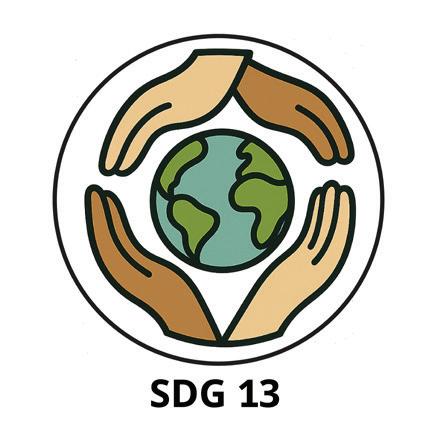

In this fun activity, let us make a weather wheel and learn about different types of weather.

Let’s Collect
1. 2 paper plates 2. Some sketch pens

of

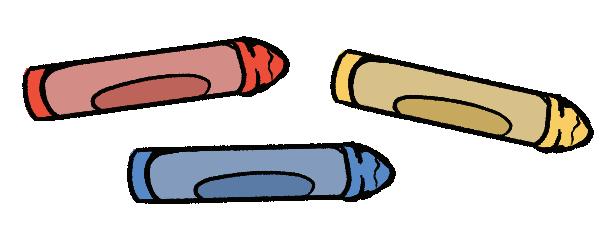

Let’s Do
1. Take one paper plate. Divide

2. Draw pictures of and cloudy weather, words too.

3. Take another paper plate. Cut a small window in it. Watch out Ask an adult to cut it for you.


4. Put this plate on top of the first one. Fix with a toothpick in the center.
5. Turn the wheel and ask your friend what they like in each type of weather.

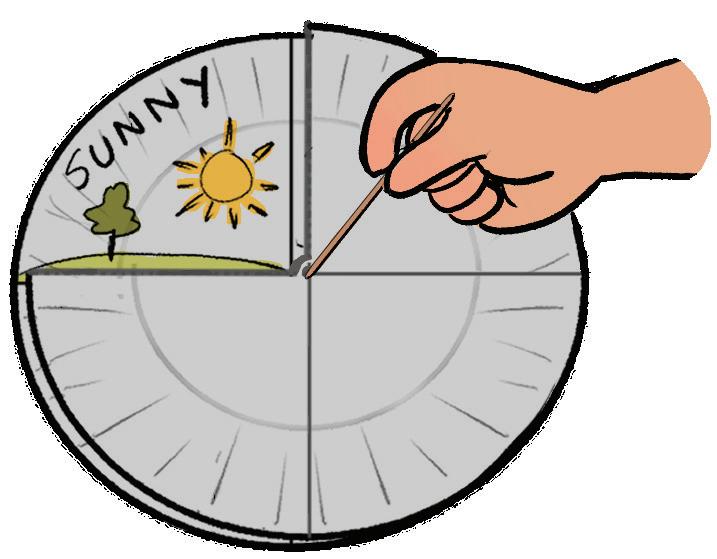
Try This Now! Make a simple ‘Weather Chart’ for the week. Draw or stick the matching weather picture next to each day. Science Magic! The weather changes every day. Some days are sunny, some are rainy, some are cloudy and some are windy.
Circle the picture that matches each type of weather.




5. Glue S Formation of white from seven colours E Building a spinner A Colouring and designing Let’s Collect
In this activity, we will see how rainbow colours look white when we spin them fast.
1. A piece of cardboard
3. A white sheet

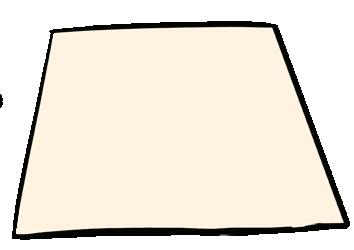


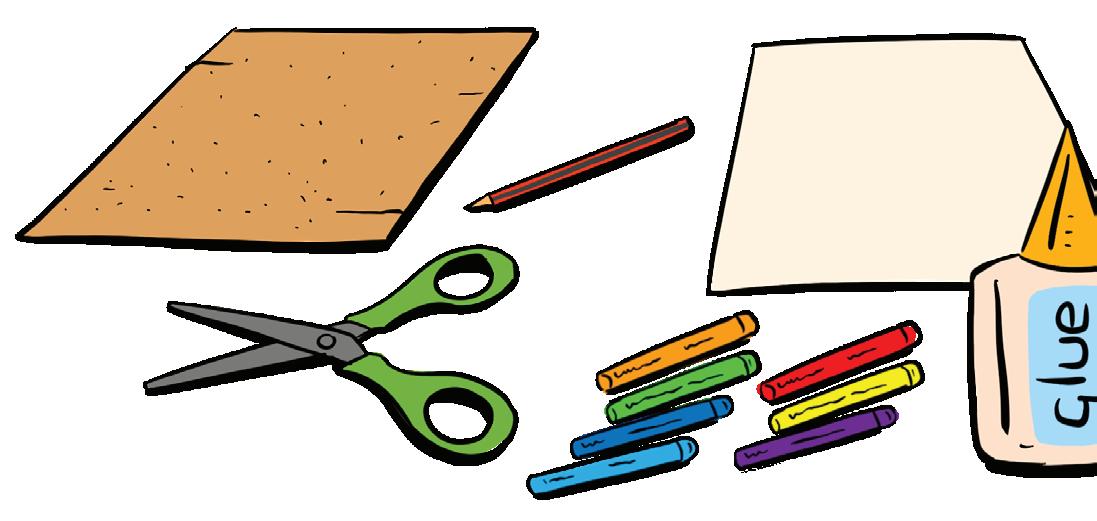

Let’s Do
1. Ask an adult to cut a circle out of cardboard.


4. Draw 7 lines to divide the circle into 7 parts. Then cut a white paper circle of the size. Paste the white paper on the cardboard circle.
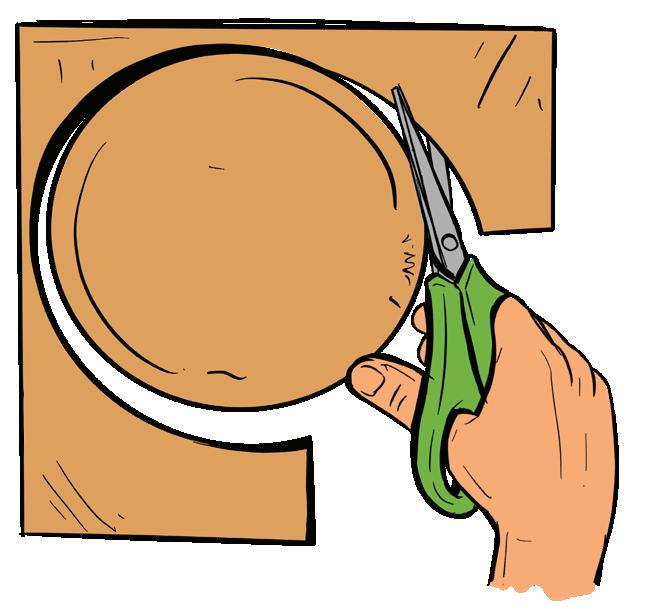
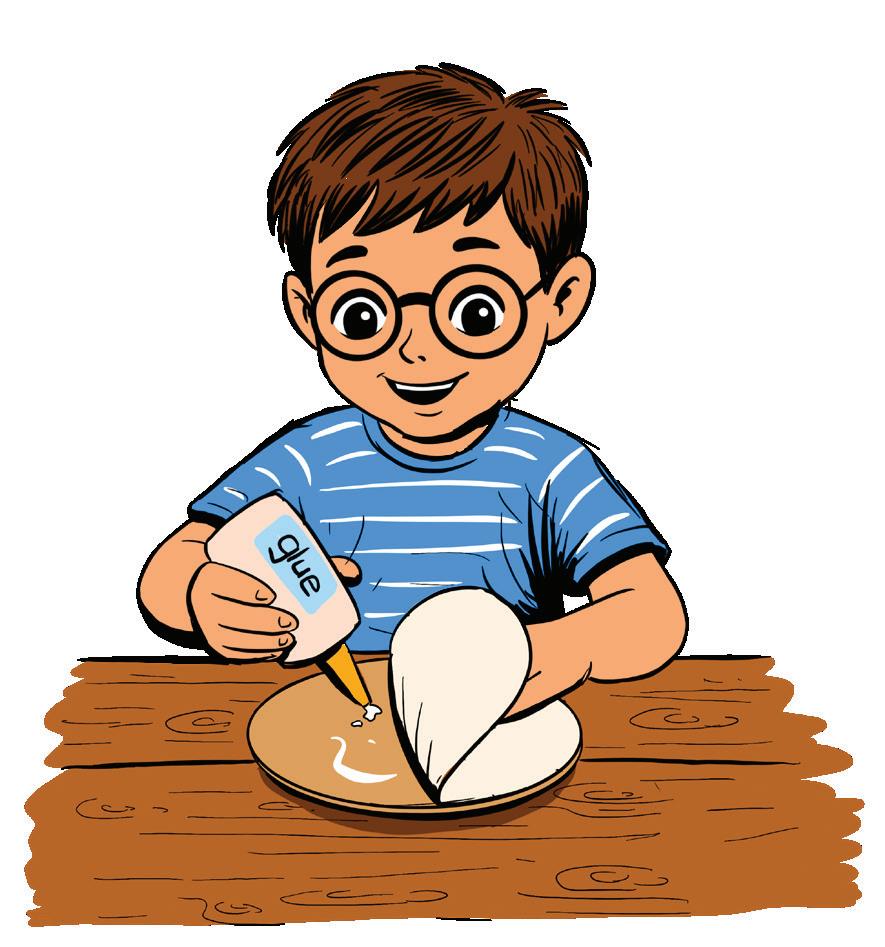

5. Colour the seven parts with rainbow colours: Violet, Indigo, Blue, Yellow, Orange and Red.
6. Pass a pencil through the centre of the circle.



When we spin all the rainbow colours quickly, they mix together and look white.
7. Spin the circle fast and watch the colours change. Spin the wheel slowly, then spin it fast. See how the colours change. Try This Now! Science Magic!
Trace and colour the rainbow.

Hands-on Art



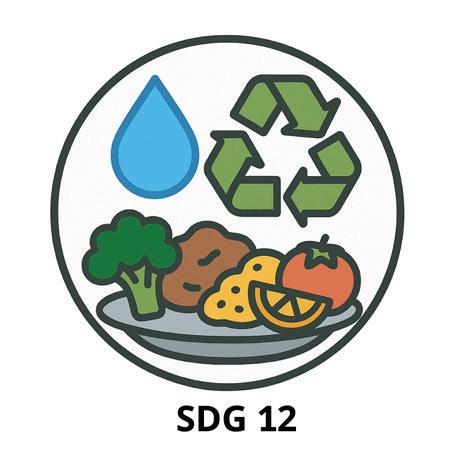

5. Stickers S Ways to reuse materials A Making a pen stand M Arranging sticks in a pattern

In this fun activity, let us create a pen stand using ice-cream sticks and learn about how to reuse materials.
Let’s Collect
1. 10-15 ice-cream sticks
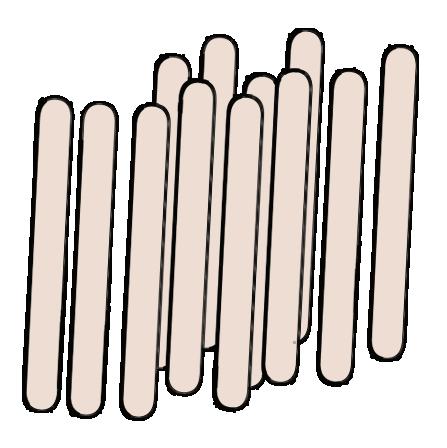
4. Crayons

3. Glue 2. A small cardboard roll



Let’s Do
1. Take a cardboard roll as the base of the
2. Stick the ice-cream sticks around the cardboard roll like a fence.

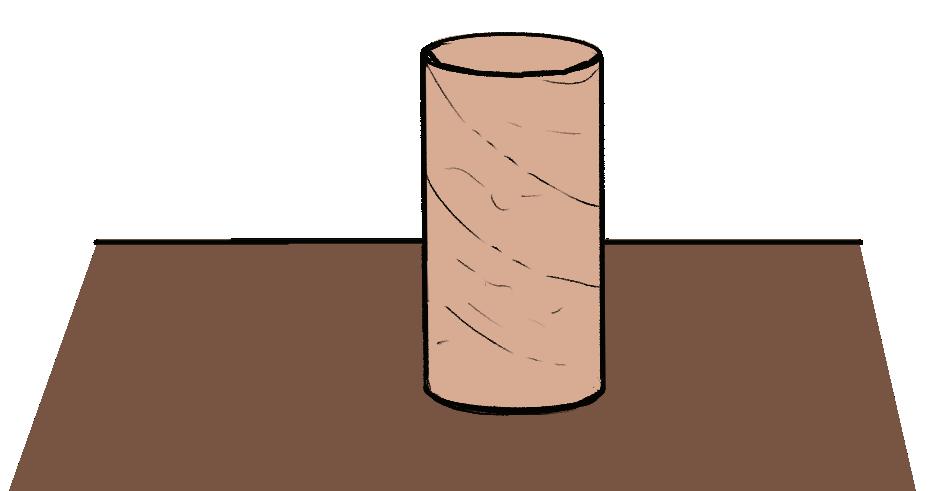
3. Decorate it using crayons and stickers to make it


Wait a few minutes for the glue to dry and set.

5. Add pens or pencils in the pen stand and it is ready to use!

Magic! old sticks and new things throwing them helps keep our
Try This Now! Put all the pen stands together for a class display and write your name on yours.
Colour the pen stand.





DAWN is a comprehensive, NCF 2022-based Early Childhood Education program that lays a solid foundation for lifelong well-being and holistic growth, encompassing physical, cognitive, and socio-emotional development.
The book exposes students to basic concepts of STEM through simple, hands-on experiments on topics of space, temperature, dimensions, and sequence.
Additional Resources
• Sticker Sheets
• TLM and Flashcards
• Charts and Posters
• Assessment Sheets
• Holistic Progress Card
• Teacher's Manual
• Digital Resources
• Play-based learning activities, which promote holistic development of the child in all ECE domains
• School readiness, which is assured in the curriculum and learning design
• All-round development, in areas of physical, cognitive, cultural and socio-emotional domains
• Teacher assets, like assessment tools and lesson plans to help maximise program quality and outcomes
About Uolo
Uolo partners with K-12 schools to provide technology-enabled learning programs. We believe that pedagogy and technology must come together to deliver scalable learning experiences that generate measurable outcomes. Uolo is trusted by over 15,000+ schools across India, Southeast Asia and the Middle East.
ISBN 978-93-49697-20-1

hello@uolo.com
Not to be sold separately